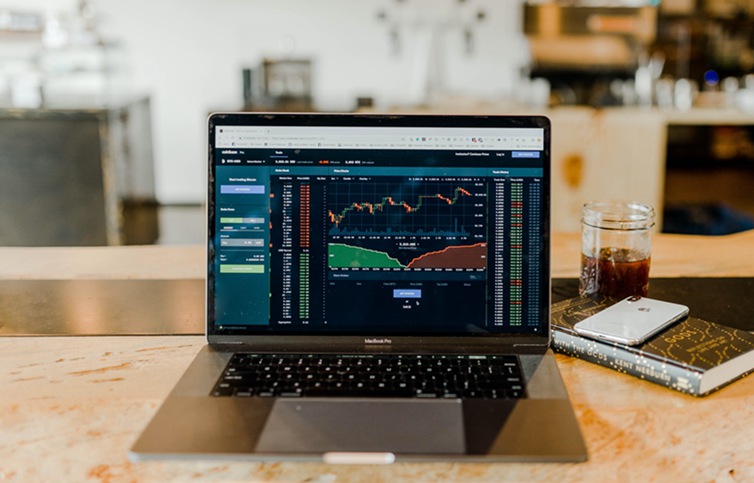Australian Dollar pulls back as US Dollar attempts recovery from multi-year lows

- AUD/USD retreats toward the 0.6280 zone during Monday’s American session after peaking near 0.6340.
- Sentiment on the US Dollar seesaws amid fresh trade headlines and recession commentary.
- Key resistance is noted around 0.6320 and 0.6410; support lies near 0.6290 and 0.6280.
The Australian Dollar (AUD/USD) gave up its earlier strength on Tuesday, falling from session highs near 0.6340 to trade closer to the 0.6280 area during North American hours. The reversal came as the US Dollar Index (DXY) attempted a modest bounce off its three-year low near the 99.00 mark.
This shift in tone followed remarks from US officials suggesting reduced recession risks and progress on trade negotiations with Europe, though concerns remain over the unresolved US-China tariff fight.
Daily digest market movers: USD sentiment fluctuates on mixed economic signals
- Kevin Hassett from the US National Economic Council dismissed fears of a recession, boosting the Greenback's tone temporarily.
- Sector-specific US tariffs are still likely, especially targeting electronics and chips, despite a general 90-day tariff pause.
- Trade talks with the EU show progress, helping limit broader market fears of a full-scale global tariff escalation.
- The University of Michigan’s Consumer Sentiment Index posted a steep drop, suggesting households are concerned about rising costs.
- Treasury yields remain under pressure, reflecting continued bond demand amid global growth concerns.
- The Australian Dollar remains vulnerable due to its export reliance on China and the escalating trade tensions.
- Investors await key US Retail Sales on Wednesday and Australia’s jobs data on Thursday to provide directional cues.
Technical analysis
Technically, AUD/USD shows signs of near-term bullish momentum despite Monday’s pullback. The Relative Strength Index (RSI) sits near 55, reflecting a neutral-to-positive tone, while the Moving Average Convergence Divergence (MACD) continues to print a green bar and issues a fresh buy signal. The pair is currently trading in the middle of its daily range between 0.6274 and 0.6342, lacking a decisive breakout.
Shorter-term moving averages such as the 10-day Exponential Moving Average (EMA) and 20-day Simple Moving Average (SMA) support the upside, while the 100-day SMA also aligns with bullish pressure. However, the 200-day SMA at 0.6483 remains a ceiling that could limit further rallies.
Support levels are identified at 0.6291, 0.6286 and 0.6281. Resistance sits at 0.6324, followed by 0.6413 and the longer-term cap at 0.6483. The technical outlook leans bullish in the short run, but a clear break above 0.6340 is needed to confirm continuation.
US-China Trade War FAQs
Generally speaking, a trade war is an economic conflict between two or more countries due to extreme protectionism on one end. It implies the creation of trade barriers, such as tariffs, which result in counter-barriers, escalating import costs, and hence the cost of living.
An economic conflict between the United States (US) and China began early in 2018, when President Donald Trump set trade barriers on China, claiming unfair commercial practices and intellectual property theft from the Asian giant. China took retaliatory action, imposing tariffs on multiple US goods, such as automobiles and soybeans. Tensions escalated until the two countries signed the US-China Phase One trade deal in January 2020. The agreement required structural reforms and other changes to China’s economic and trade regime and pretended to restore stability and trust between the two nations. However, the Coronavirus pandemic took the focus out of the conflict. Yet, it is worth mentioning that President Joe Biden, who took office after Trump, kept tariffs in place and even added some additional levies.
The return of Donald Trump to the White House as the 47th US President has sparked a fresh wave of tensions between the two countries. During the 2024 election campaign, Trump pledged to impose 60% tariffs on China once he returned to office, which he did on January 20, 2025. With Trump back, the US-China trade war is meant to resume where it was left, with tit-for-tat policies affecting the global economic landscape amid disruptions in global supply chains, resulting in a reduction in spending, particularly investment, and directly feeding into the Consumer Price Index inflation.





